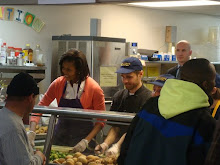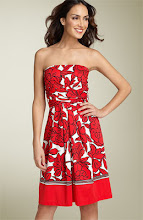- Indian fans will enjoy 'Angels & Demons': Tom Hanks
- Jackie Chan reaches 100 film milestone!
- Jackie Chan faces backlash over China freedom remarks
- Goody's Essex home on sale for a million pounds
- Michael Fox finds happiness in Bhutan!
- Bruce Lee to finally get recognition - and museum - back home
- Bond voted top hero in magazine poll
- Harrison Ford, Calista Flockhart engaged
- British TV star Jade Goody dies in peace
- Naomi Campbell to walk the ramp for 26/11 Mumbai victims
- Now The Beatles video game!
- Shilpa Shetty to fly in for farewell to Jade Goody
- Harry Potter fans not happy with new film
- Jade Goody goes home for 'final weeks'
- McCartney sets Guinness record with smashing ticket sellout
- Jennifer Aniston sacrifices junk food for roles!
- Charlize Theron looking for comedy roles
- Halle's sweet smell of success!
- Robin Williams to have heart valve replaced
- Madonna to launch second fashion line
Wednesday, May 6, 2009
OTHER INTERESTING CELEBRITY GISTS
Subscribe to:
Post Comments (Atom)






No comments:
Post a Comment
default HTML tags